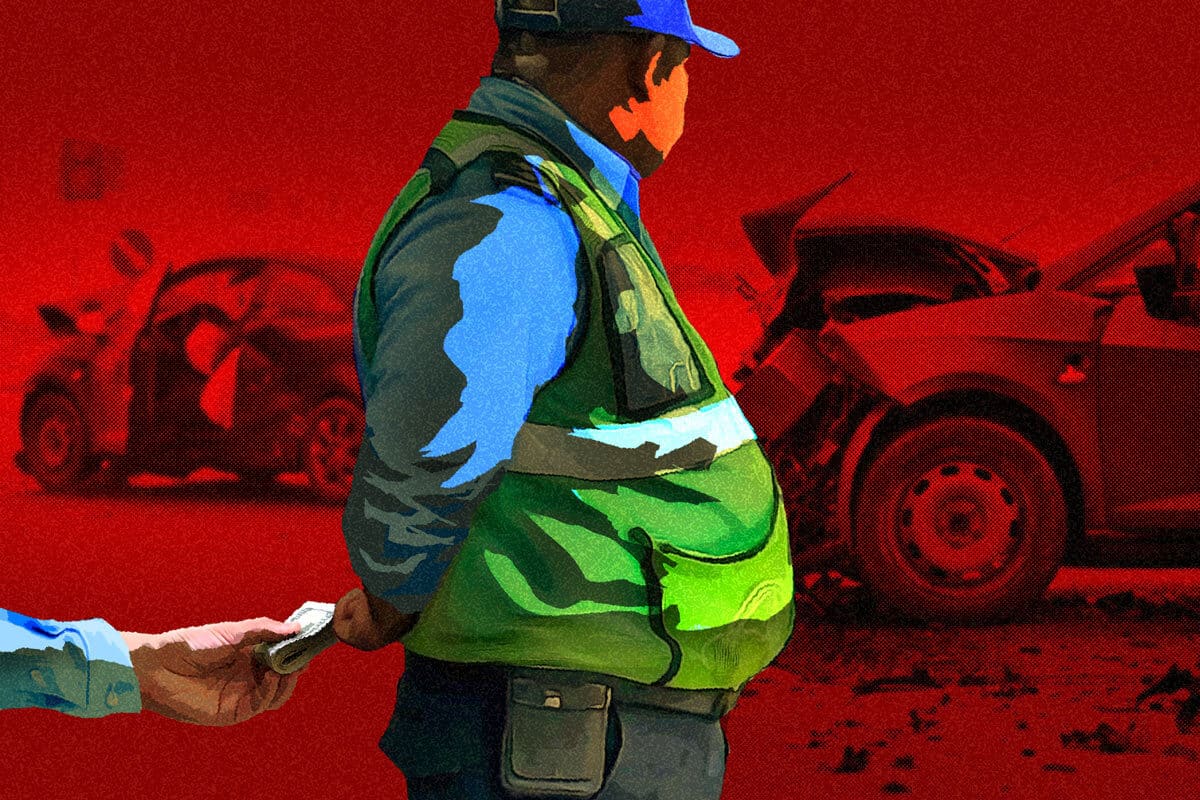The Ortega-Murillo regime’s new strategy to reduce traffic deaths is heading toward yet another resounding failure. The clearest evidence comes from official data released by the National Police itself: during the first week the nationwide speed limit reduction was “enforced,” from June 16 to 22, road deaths increased from eight to fourteen, and the number of collisions barely fell from 1,142 to 1,109.
Faced with these dismal results, dictator Daniel Ortega announced at an official event that the impact of the proposal would be evaluated in 15 days. “We need to keep count. What was the previous average? We’ll have to calculate the average from that date. Because this is about saving lives. Saving lives,” he declared.
Though Ortega did not specify what changes might come from the upcoming evaluation, a source from the Ministry of the Interior (MINT) who spoke to DIVERGENTES on condition of anonymity noted that the chances of maintaining the new limits (50 km/h for cars and public transport on highways, and 40 km/h for motorcycles) are slim. This is not only due to the poor results, but also because both public and private transport operators are complaining about the financial burden of traveling at such low speeds.
The MINT source, familiar with the Police’s plans to reduce accidents in Nicaragua, added that any new strategy emerging from this evaluation—no matter how good—will face a massive obstacle that has sunk all previous plans: corruption within the National Traffic Department, a police office that has historically focused more on revenue collection than road safety education.
“The plans fail because Traffic only cares about revenue and bribes,” the MINT source said, pointing out that since the 2014 reform of Law 431, the Sandinista regime has prioritized swelling police coffers over reducing accidents.
The First Failed Strategy: Reforming Law 431
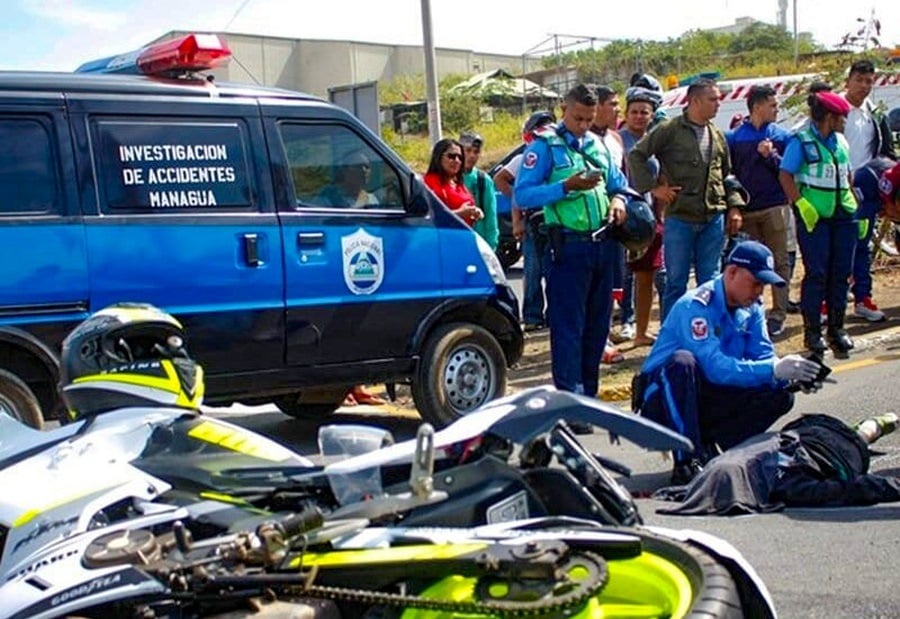
In early 2014, the National Assembly—dominated by the Sandinista Front—approved reforms to Law 431. During debate, at least ten lawmakers agreed that the main goal was to raise awareness among drivers so they would drive more responsibly, thereby reducing deaths from traffic accidents.
In 2013, according to the National Police’s Traffic Directorate, there were around 27,000 road accidents in Nicaragua, resulting in 577 deaths.
The reform also created the National Road Safety Education Council, theoretically coordinated by the Ministry of Education, tasked with re-educating offenders; training and teaching new drivers; and promoting road safety education in primary, secondary, university, and technical-vocational schools, among others.
While Sandinista lawmakers and official media celebrated the creation of this new Council, drivers criticized the up to threefold increase in traffic fines.
“The focus must be educational and preventive, not on whether the fine is five thousand, four thousand, or three thousand. The real goal is to avoid the fine altogether, no matter the amount, because that’s not the objective; the fine is just a trigger to make us pause,” said Sandinista lawmaker Filiberto Rodríguez—himself sanctioned by the United States for his role in paramilitary operations in 2018.
Fines Increased to Feed Revenue Hunger
The reform raised the fine for driving with extreme drunkenness from 1,500 to 5,000 córdobas for blood alcohol levels over two grams per liter. Driving with 1–2 grams per liter cost 4,000 córdobas, a fine still in place today.
Driving under the influence of drugs or psychotropics rose from 1,500 to 4,000 córdobas. A new offense—reckless driving—was added, with a fine of 3,000 córdobas. Moreover, the number of infractions listed in the Law grew from 56 to 63.
Article 145 of the reform also introduced new charges for Traffic services, including mandatory 40-hour re-education seminars costing 2,000 córdobas for offenders caught drunk or speeding, and 8-hour defensive driving courses costing 500 córdobas.
A road safety expert who participated in consultations on the Law 431 reform told DIVERGENTES that after its approval in 2014, no noticeable drop in deaths occurred. On the contrary, fatalities and revenue from fines both increased.
Police Revenues Rose, But So Did Deaths
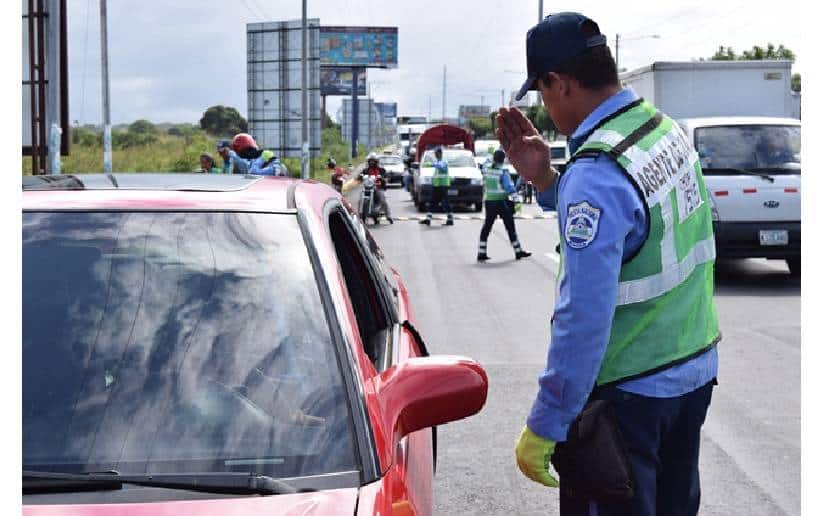
According to the 2013 General Budget execution report, the Police collected 81.2 million córdobas from traffic fines. By 2014, thanks to the reform and new seminars, that figure soared to 122.5 million córdobas.
Yet while revenues rose, deaths also climbed—from 577 in 2013 to 669 in 2014, according to the Police’s statistical yearbook.
“The reform did cause a change—but only in favor of the Police’s revenue from fines and the infamous seminars,” the road safety expert explained, speaking anonymously.
Subsequent Police yearbooks revealed continued rises in traffic deaths: 675 in 2015, 791 in 2016, and a slight dip to 782 in 2017.
Though deaths dropped slightly in 2018 to 726, the number remained alarming despite the reform. In 2019 and 2020, fatalities rose again to 846 and 830, respectively.
The worst years followed: 909 deaths in 2021, 978 in 2022, and 1,014 in 2023. The only consistent success of the reform was growing Police revenue from traffic fines.
Budget execution reports show Police income from fines jumped from 177.3 million córdobas in 2015 to 343.4 million in 2023—a 100% increase—while fatalities trended upward unabated.
The Second Failure: The Infamous “Help Me Help You” and the Bribe System
According to the road safety expert interviewed, between 2023 and 2024 a new strategy was implemented that had been “practiced in previous years,” but always failed due to police corruption and bribes.
Orders from high up in the Sandinista regime demanded a “heavy hand” approach: threaten offenders with maximum fines, mandatory re-education seminars, license suspensions, and even three-day jail terms for drunk driving.
“We started well, with checkpoints on Managua’s main avenues. There were fines, vehicles towed, and drivers jailed up to 72 hours for DUI. But a few weeks later, everything fell apart,” recounted Carlos, a former traffic officer now seeking asylum in the U.S.
Carlos said that while checkpoints continued, decisions on whom to fine or send to seminars were left to the whims of superiors, often in exchange for bribes. Minor infractions were also used to boost revenue.
“For example, if I stopped you on the Masaya highway and your breathalyzer was positive, I’d have to check with my superior before issuing the 5,000-córdoba fine. He’d decide if you got the full fine, a lower one, or none at all—each option carrying a ‘fee’ for the driver… basically a bribe,” Carlos explained.
This bribe system, along with corruption and a revenue-first mindset, remains the Achilles’ heel of any traffic safety strategy, the expert said.
Francisco: A Case Study of the Regime’s Failure
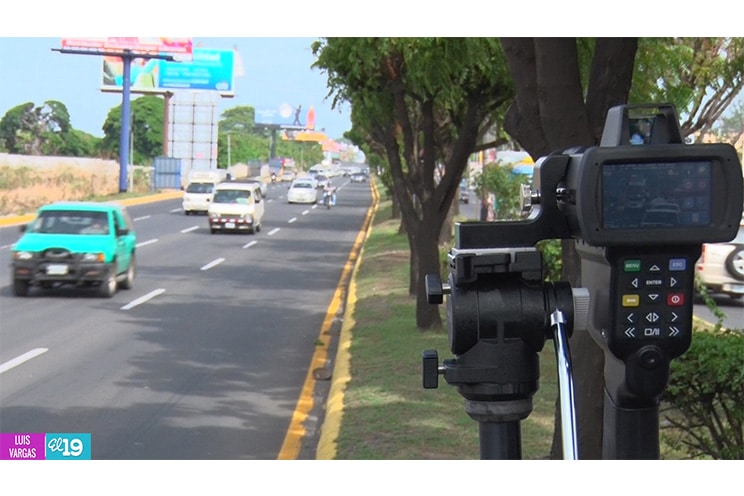
Francisco, a Nicaraguan now living abroad, is a clear example of how higher fines and mandatory seminars under Law 431 since 2014 have failed due to corruption and poor enforcement.
In 2023, traffic officers caught Francisco drunk after leaving a nightclub at 2 a.m. Though they threatened him with fines and charges for endangering lives, none of it happened.
“I offered money because the officer hinted I could. He said, ‘help me help you,’ which I took as a request for a bribe. He explained the official costs, but rejected my initial offer of 1,000 córdobas, saying it wasn’t enough. He agreed to let me go for 3,000. I paid and left,” Francisco recalled.
Despite this experience, Francisco reoffended at least twice more, each time paying off officers to avoid official penalties and seminars.
The “Phantom” Seminars
In mid-2024, 26-year-old Graciela was stopped at a checkpoint after a night of drinking. She tested positive for alcohol, accepted her 4,000-córdoba fine, and went to Traffic Headquarters to pay and attend the mandatory seminar.
She expected a grueling 40-hour program, as required by law, but found instead a brief, four-hour session filled with scolding, a few videos of fatal crashes, and no actual re-education.
“How can drivers be truly re-educated in a short lecture where an officer just yells? After a day or two, many repeat the same mistakes,” the road safety expert said.
The Seams of a New Failure
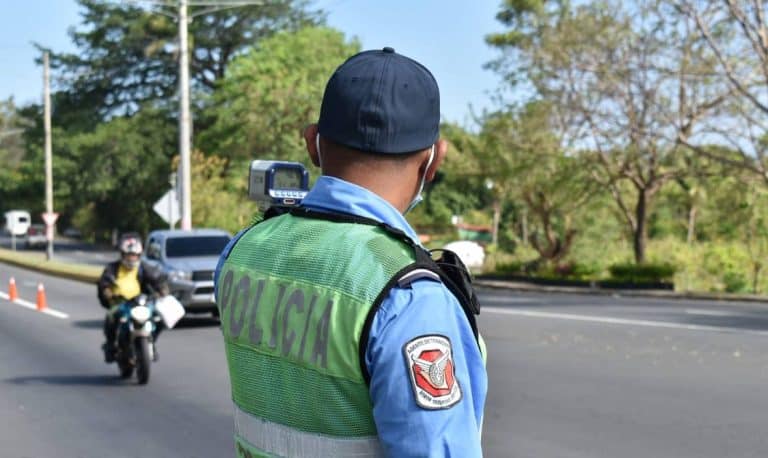
As Ortega’s deadline to review the speed-limit strategy approached, fatalities rose again. A DIVERGENTES count based on pro-regime media reports showed at least 16 deaths between June 23 and 30, up from 14 the previous week. Most victims were speeding motorcyclists.
The National Police’s June 23–29 report recorded 13 deaths, 80 drunk drivers detained, and 665 licenses suspended.
Education, Not Speed Limits, Is the Answer
“The solution isn’t to lower speed limits; it’s road safety education. Reeducation should follow the 40-hour requirement, and repeat offenders must face criminal charges and license suspension,” the expert said.
He emphasized that the National Road Safety Education Council, theoretically led by the Ministry of Education, should spearhead efforts to ensure drivers not only learn the law but apply proper driving techniques.
“It’s Easy to Buy a License in Nicaragua”
A driving school instructor in Managua echoed the expert’s concerns: “If Nicaraguans truly learned in certified schools and didn’t just buy licenses, accidents and deaths would decrease. All drivers, including truckers and public transport operators, need reeducation and possibly annual driving tests. It’s too easy to get a license here—that’s why accidents happen.”
A Confidencial article noted that improper turns, lane invasions, and pedestrian recklessness—not speeding—are the top causes of traffic deaths, contradicting Ortega’s justification for the new 50 km/h limit.
“These stats show what Nicaragua really needs: education, will, and courtesy. Behind the wheel, a car becomes a weapon. The accelerator can easily kill someone—or yourself. I hope the government will launch real education campaigns and eliminate the irregularities sabotaging every safety plan,” the instructor concluded.



